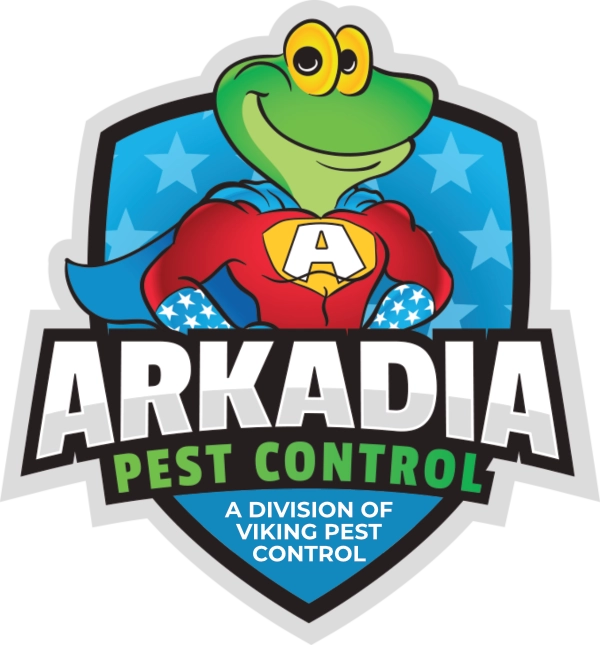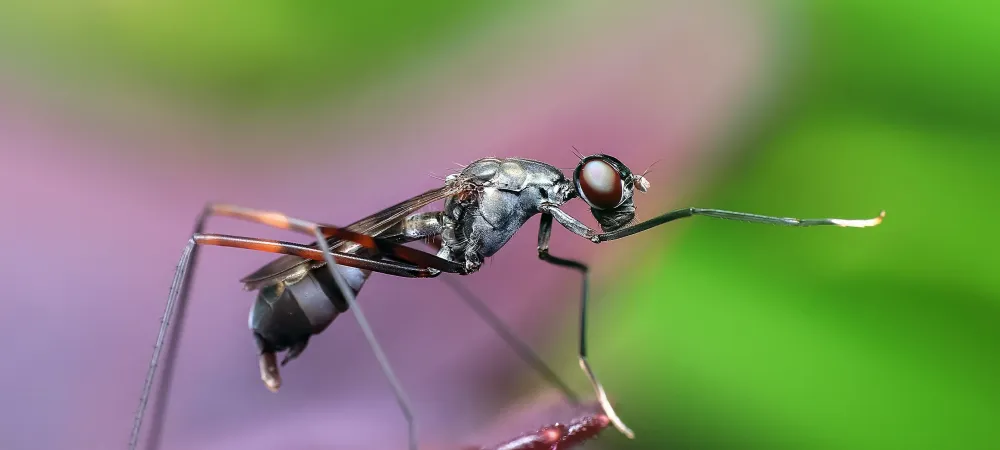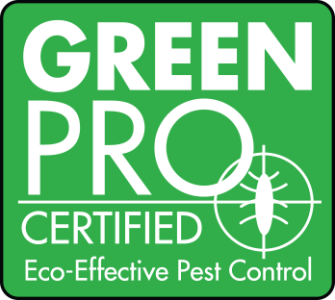Many brands proudly display the variety of creatures they kill—and include warnings that the list just might include you. In contrast, green pest controls use natural methods to establish a balanced, healthy environment. They give you control without harming beneficial and desirable insects like butterflies and other pollinators—or you, your children or your pets.
Doing It The Green Way
Doing it green—DIG-ing—can be challenging for many homeowners. DIG-ing isn’t hard per se, but novices often make mistakes that aren’t effective or compatible with the terms green and pest control. Here at Arkadia Eco Pest Control, we’ve compiled our top five mistakes—least to greatest—to help do-it-yourselfers.
1. Tall Grass
We call it harborage because it can harbor or shelter pests. Tall grass tips and seed heads are perfect launching sites where ticks wait for and latch onto their next victim. Even if you don’t go near the grass, pets probably will and can bring the ticks to you. Meanwhile, these arachnids often carry Lyme disease and Rocky Mountain spotted fever.
2. Too-Close Wood Piles
If you stack wood, rodents like mice and rats will come. Log piles offer dry, insulating warmth and safety from predators. If it’s within 50 feet of your home, your heap can lead to an even cozier cold-weather relationship. For perspective:
- A mouse family typically has a dominant male, several females and their young—three to 12 pups per litter at a rate of 12 litters per year.
- At 12 to 18 inches long each, rats are more aggressive. Females can birth up to 14 pups per litter, mate 18 hours after giving birth and produce eight litters a year.
3. Chemical Lawn Treatments
State laws regulate those little warning signs and flags that companies post on treated lawns. Flags must remain for 24 hours after an application, but the chemicals last far longer. Every pet, child, friend or family member that even walks through the treated area can track chemicals into your home.
4. DEET
Many chemicals have been linked to illnesses and chronic conditions, and researchers are still trying to assess their synergistic effects. DEET—N,N-diethyl-meta-toluamide or diethyltoluamide—is an insect repellent, but it is also a chemical pesticide:
- DEET can permeate human skin.
- Some users have reported rashes, numbness or burning sensations on the lips, dizziness, headaches, nausea and a lack of concentration.
- Effective natural options are readily available—oil of lemon eucalyptus, essential oils and citronella, for example.
5. Spraying Pesticides Indoors
Even if you direct it downward, toward a target, sprayed or aerosolized pesticides become airborne. They hang in the air and coat everything within the area of spread. Meanwhile, your body readily absorbs pesticides through your:
- Mouth:Children put everything in their mouths. Pets may lick fur contaminated by contact with treated surfaces.
- Lungs: The National Pesticide Information Center reports that long after pesticide use, “low levels of pesticides are present in the air of many homes.”
- Eyes: Aerosolized, splashed or dusted chemicals are the most obvious hazards. However, small hands can easily transfer pesticide from a contaminated surface to the eyes.
- Skin: Highly absorbent, skin rapidly transfers chemicals into the blood stream, which circulates them throughout our bodies.







